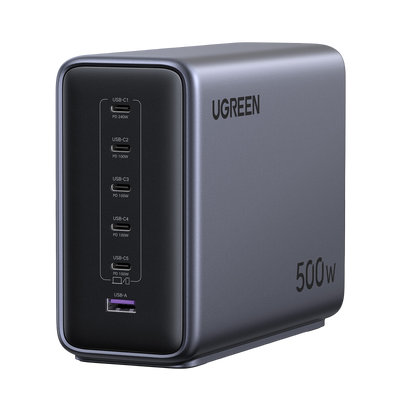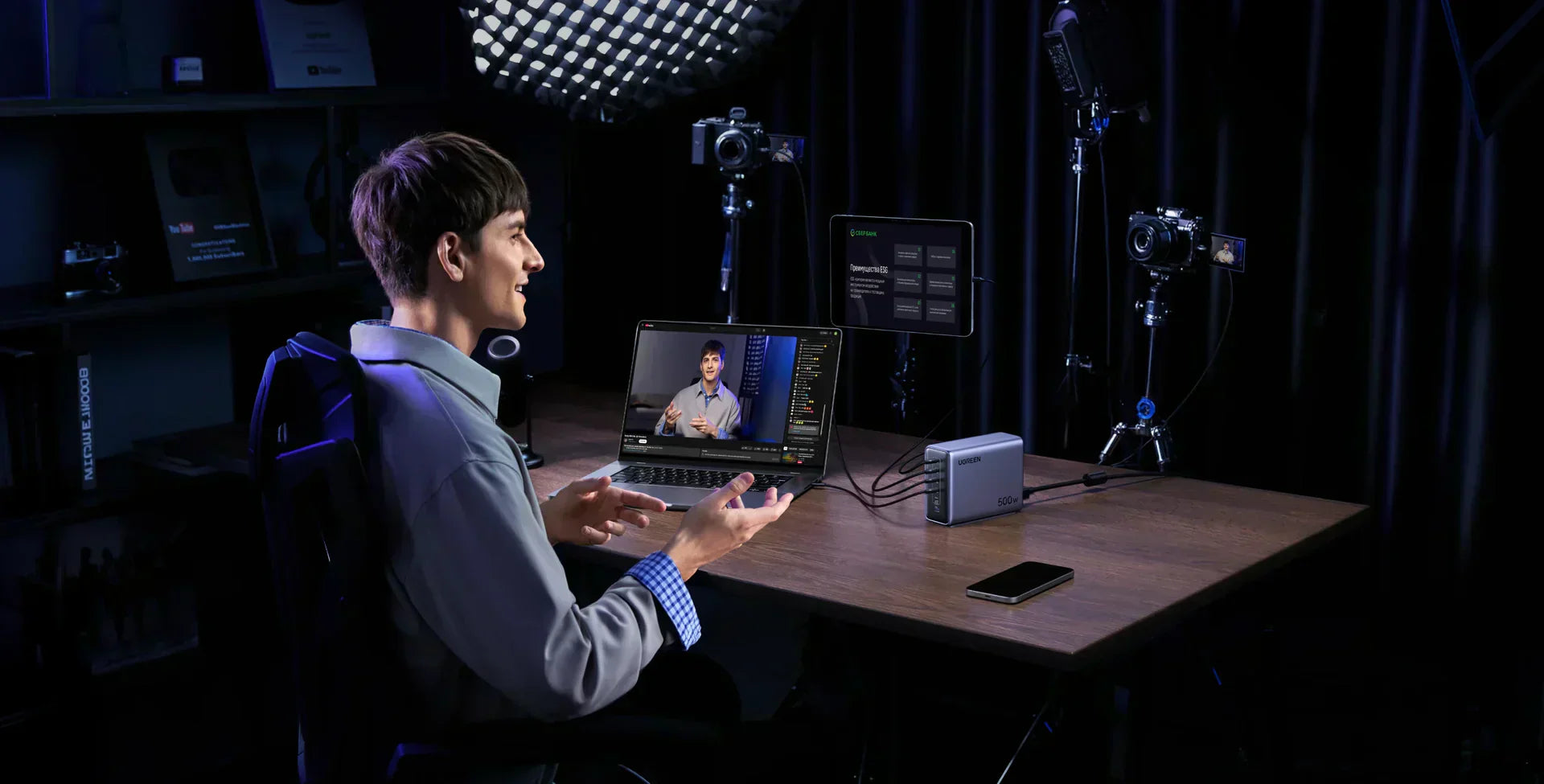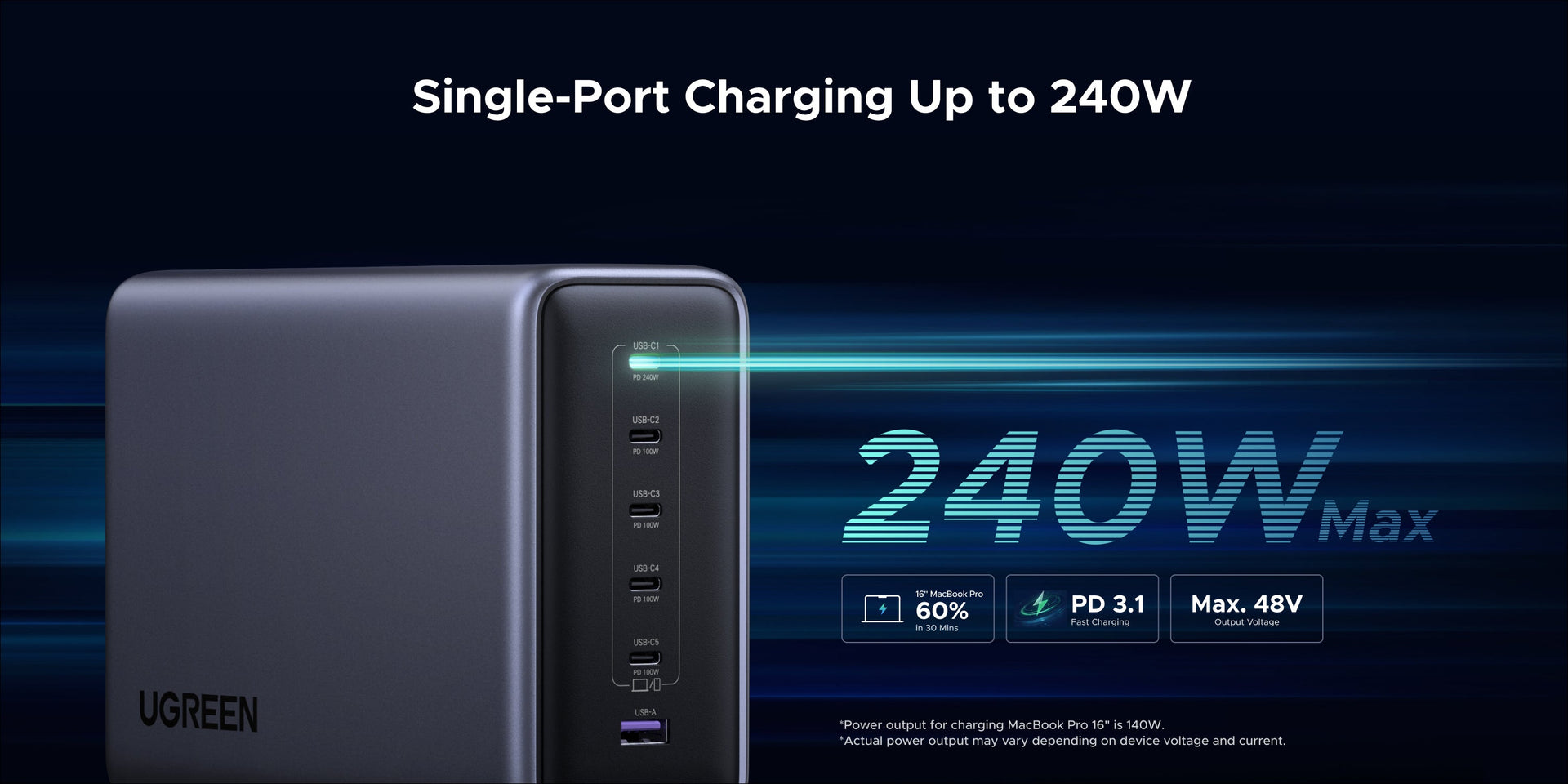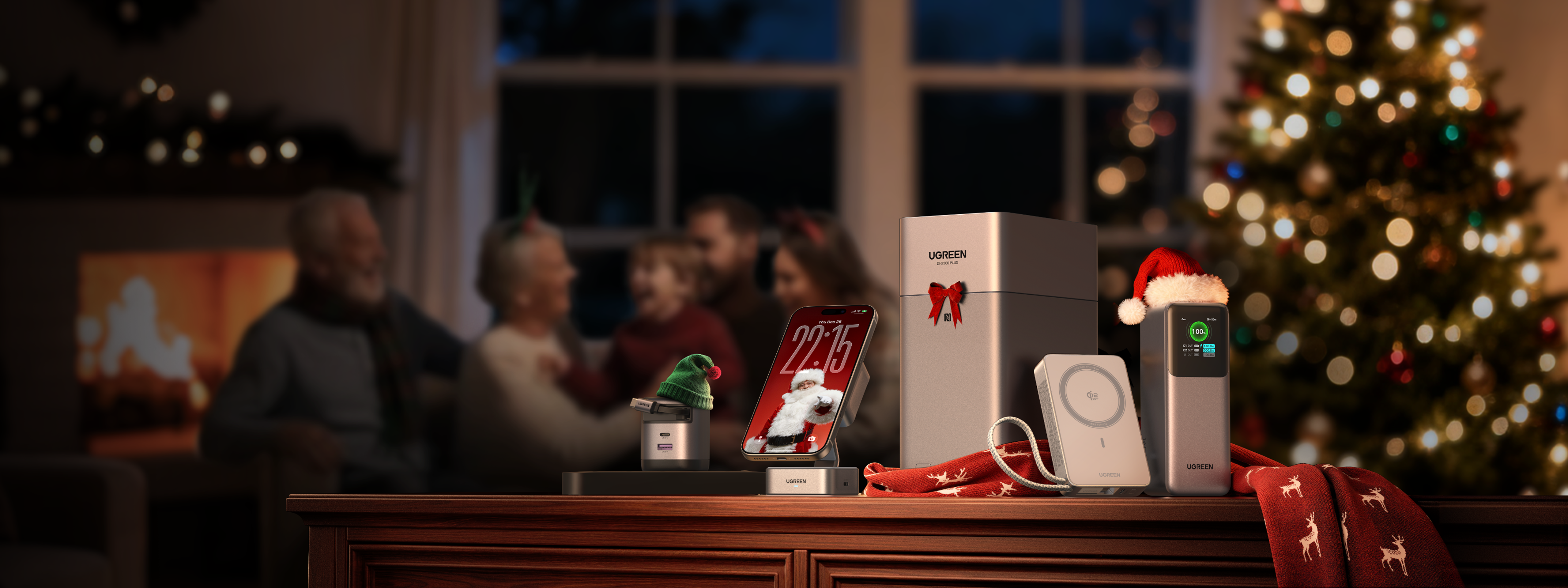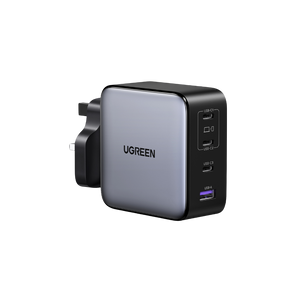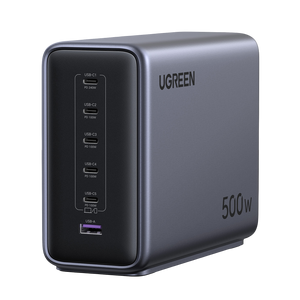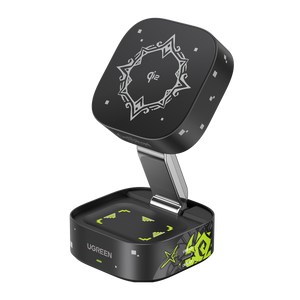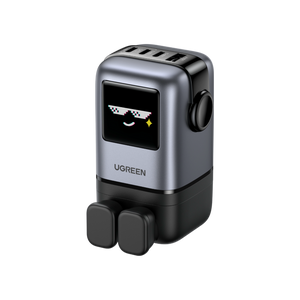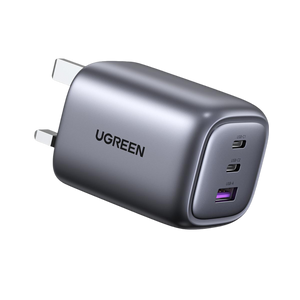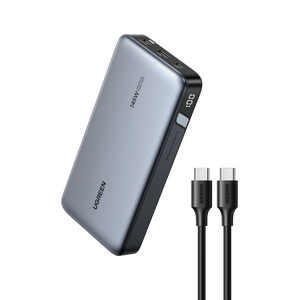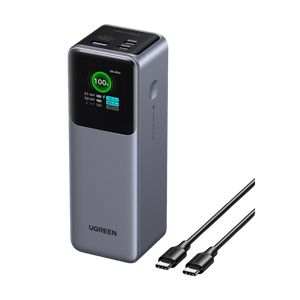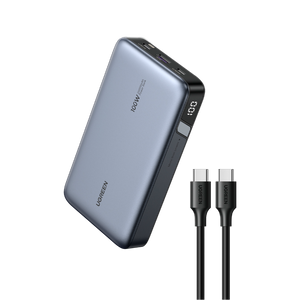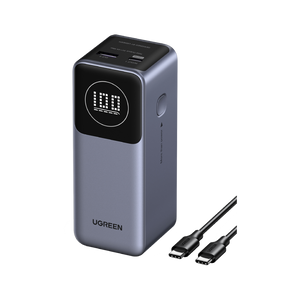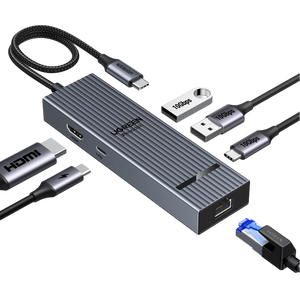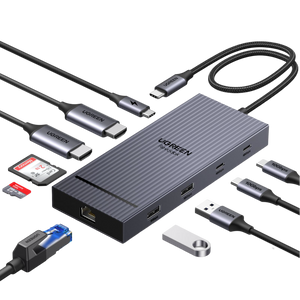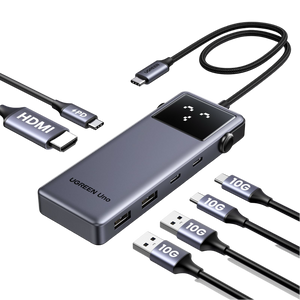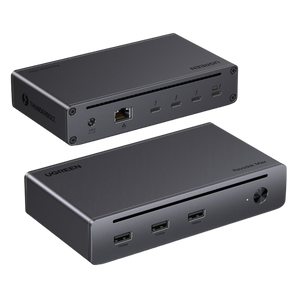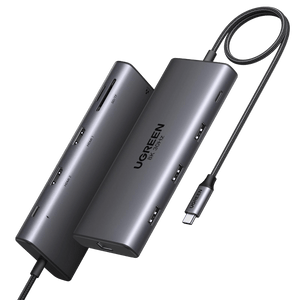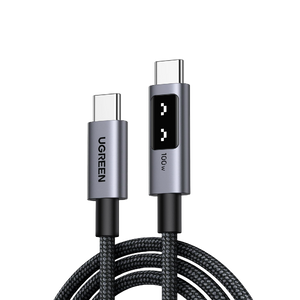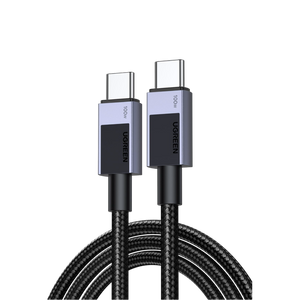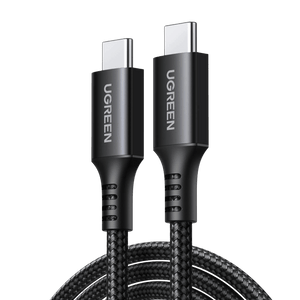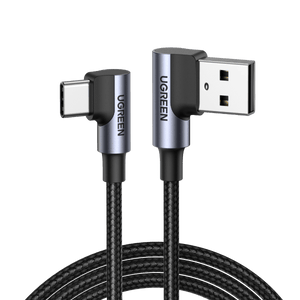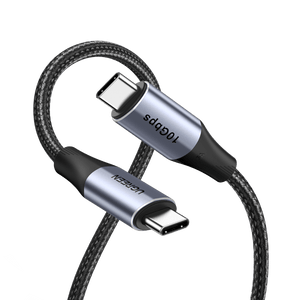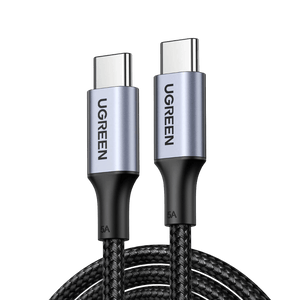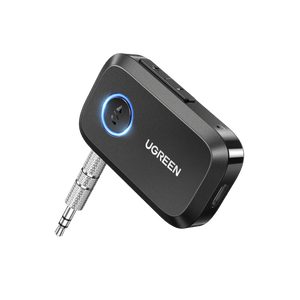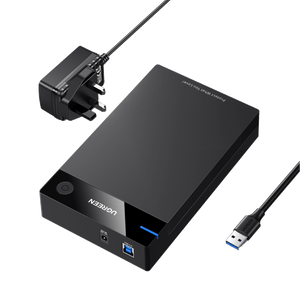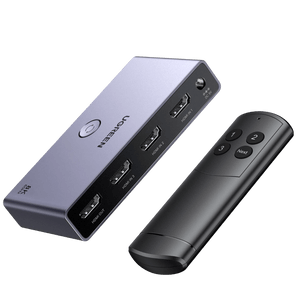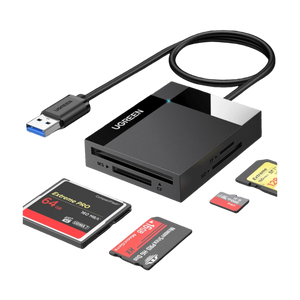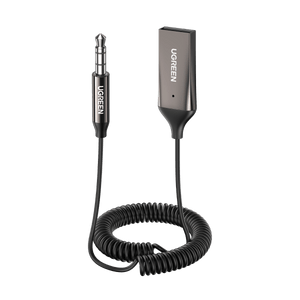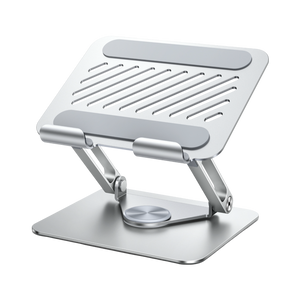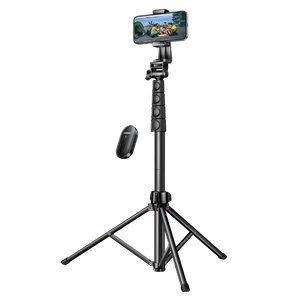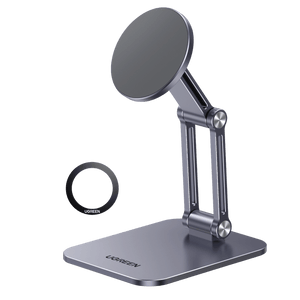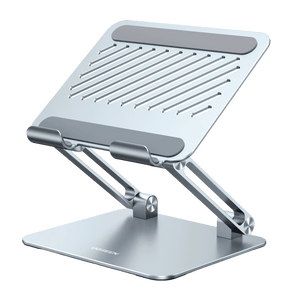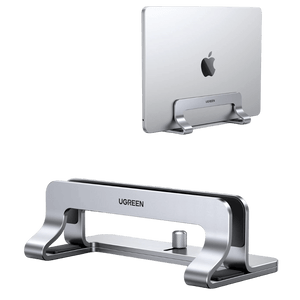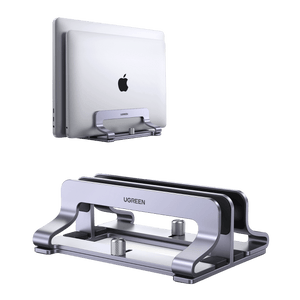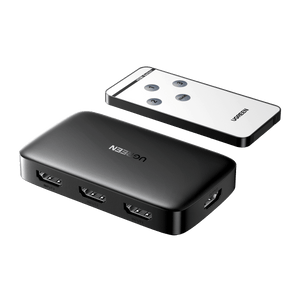USB PD, PPS, QC: What Do These Fast-Charging Protocols Mean?
Fast charging has become the norm in modern technology. With all phones, tablets, computers, and wireless earbuds vying for the same ports, slow charging speeds just won’t do. And yet, most of us are not aware that charging speed is more complicated than the ability to have a USB-C port or high-wattage charger. It really is founded on an advanced digital negotiation between the charger and the device utilizing a high-speed charging protocol. Whether USB Power Delivery (PD), Qualcomm Quick Charge (QC), or Programmable Power Supply (PPS), it affects everything from wattage flow to battery safety.
In this article, we’ll break down what these protocols are, how they work, and why choosing the right one can make a major difference in performance, longevity, and device compatibility.

What Are Charging Protocols and Why Are They Important?
A charging protocol is a digital handshake between your device and the charger. It regulates how much power needs to be sent and how quickly it needs to be sent. As opposed to older USB charging with fixed, low-power output, these newer protocols dynamically adjust voltage and current. This functionality ensures your device gets exactly what it needs without overheating or damaging the battery.
This negotiation makes charging smarter, faster, and safer. For instance, USB Power Delivery (PD) can dynamically switch between 5V, 9V, 15V, and 20V. It can even deliver up to 240W with PD 3.1. Additionally, Programmable Power Supply (PPS), a USB PD 3.0 extension, can accurately adjust the voltage in tiny 20mV increments every 10 seconds. This capability helps reduce conversion losses and prevents thermal stress.
These protocols are important because mismatched or outdated protocols can lead to slower charging or even safety issues. If a device is unable to understand the charger’s “language,” it will revert to the lowest common power delivery. As a result, this means longer charging time.
Breaking Down the Most Popular Fast Charging Protocols
Not all fast charging is equal. Behind every fast charge is a protocol. These protocols define how rapidly, how safely, and how effectively your device charges. Let’s take a look at the most widely used fast charging protocols on the market today and compare them.
USB Power Delivery (USB PD)
USB PD is currently the leading cross-platform fast charging standard, used by a variety of devices. Established by the USB-IF (USB Implementers Forum), it ranges from 5W to 100W (20V/5A) on PD 3.0 and even up to 240W using PD 3.1.
USB PD provides support for multiple voltages, typically 5V, 9V, 15V, and 20V. This action enables chargers and devices to negotiate the appropriate output in real-time. This variety is ideal for power-hungry devices like the MacBook Pro, Dell XPS, iPad Pro, and USB-C peripherals.
Version history:
- PD 2.0: Supported fast charging of up to 100W, primarily for laptops
- PD 3.0: Improved safety and added fast fault detection
- PD 3.1: Raised output to 240W for power-hungry devices
Power Delivery (PD) works in conjunction with PPS (Programmable Power Supply), a new feature introduced in PD 3.0. This technology adjusts voltage by 20mV every 10 seconds, which reduces heat and improves efficiency. According to USB-IF data, PPS is able to reduce charging temperatures by over 5°C and conserve battery life.
Why it matters: PD isn’t just about fast charging; it’s also smart. It adapts dynamically, communicates with the device, and offers protection. If your phone or laptop is PD-capable, using a supported charger unlocks the maximum performance.

Image from https://www.totalphase.com/
Programmable Power Supply (PPS)
PPS, or Programmable Power Supply, is a built-in dynamic charging protocol in USB PD 3.0. It facilitates real-time negotiation between the device and charger for voltage and current. Unlike fixed-step protocols, PPS allows power adjustment in small increments of 20mV to meet battery requirements. This capability means lower energy wastage, less heat generation, and enhanced charging efficiency.
Where it’s used: PPS is widely equipped in new high-end smartphones like Samsung Galaxy S22/S23, Google Pixel 8, and PD 3.0±compatible laptops.
Bonus: Many GaN-based chargers, like the UGREEN Nexode 500W, support USB PD and PPS.
Qualcomm Quick Charge (QC)
Quick Charge is Qualcomm’s rapid charging protocol, and is widely used by Android phones with Snapdragon chips. It was one of the first protocols to popularise fast charging as an everyday phrase.
QC boosts voltage to 9V, 12V, and even 20V, significantly speeding the charging process, far above the old 5V standard. QC 3.0 introduced 200mV high-resolution voltage steps, which allow more precise voltage control than earlier versions. QC 4+ and QC 5 introduced USB PD and PPS support, extending compatibility with future multi-device chargers.
Version summary:
- QC 2.0: up to 18W
- QC 3.0: More intelligent voltage regulation
- QC 4+: USB PD support, improved thermal efficiency
- QC 5: 50% in 5 minutes (using Dual Charge technology)
Use case: Most phones like the Xiaomi Mi 11, OnePlus Nord, and past Samsung flagships have some kind of QC.

Image from Qualcomm
Samsung Adaptive Fast Charging (AFC)
AFC is Samsung’s proprietary protocol, derived from QC 2.0 but tuned for Samsung devices. It provides a power output of 9V/1.67A (15W), which provides a smoother charging experience than typical 5V charging while also incorporating thermal protection.
Key strengths:
- Automatically switches to 5V for unsupported devices
- Optimised for Samsung phones and tablets
- Includes heat and voltage surge protection
AFC is backed by the majority of Samsung Galaxy devices, including mid-range A-series and flagship S-series phones. Third-party testing shows AFC offers charging speeds 40% quicker than a basic 5V/1A brick, without unnecessary heat or wear.
Huawei Fast Charging Protocol (FCP)
FCP is Huawei’s proprietary fast charging system. It uses 9V/2A output and a dedicated charging chip inside the phone to ensure secure, high-speed charging. This system features smart voltage control and real-time temperature protection to guard against overheating. Huawei claims that FCP delivers up to 70% faster charging compared to legacy 5V methods. FCP is used in Huawei and Honor devices that don’t support the newer SuperCharge or SCP systems.
Note: Even though FCP is not everywhere, it renders extremely high efficiency (over 80%) in compatible Huawei phones when used with official chargers and cables.
Apple 5V/2.4A and USB PD
Apple uses two main charging modes for its devices. Older iPhones and iPads charge at 5V/2.4A (12W). While this method is safe and stable, it is relatively slow by today’s standards.
Subsequent models from the iPhone 8 and above support USB PD through Lightning-to-USB-C cables. This feature allows for charging at rates of up to 18W, enabling fast charging. According to Apple, using a PD charger can reach 50% in 30 minutes.
Tip: To charge faster, avoid using the standard Apple 5W brick. Use a USB-C charger with an MFi-certified cable.
BC 1.2 (Battery Charging 1.2)
BC 1.2 is a basic USB charging standard that provides up to 1.5A at 5V. It is commonly found in old USB ports, car chargers, Bluetooth speakers, and low-power accessories. This standard does not offer dynamic voltage adjustments or fast charging. However, it offers universal compatibility and a secure power supply for simple devices.
Use cases: Bluetooth earbuds, fitness trackers, and USB-A ports on old laptops or desktops.
What Does Fast Charging Really Need
Fast charging doesn’t happen just because you top up using a high-wattage charger. It’s a coordinated process between your device, the charger, the cable, and even the environment. If any one of these aspects fails, your charging speed will be impacted or simply not work at all.
Device Compatibility
The first requirement is simple but crucial: your phone must support a fast charging protocol such as USB PD, PPS, or Quick Charge. When fast charging protocol is not supported on the device, even a top-rated charger and cable won’t make a difference.
Charger Output & Protocol Support
For a charger to work effectively. It must provide sufficient wattage and support the same quick charging protocol that the device supports. A 100W PD charger, for example, will not charge a device that only supports Qualcomm Quick Charge 3.0 unless it is a hybrid charger with multiple charging standards.
Cable Quality
Cables play a rather underappreciated but vital role in fast charging. Poor-quality or inadequately rated cables cannot reliably carry high currents safely. Such cables can overheat, trigger safety throttling, or just fall to deliver the provided charging speeds.
Temperature & Environment
Fast charging generates heat. When your phone is overheated, it will reduce the charge rate to protect the battery. This reduction in speed is common during hot weather. It also occurs when charging on warm surfaces like sofas or beds that trap heat.
In short: Fast charging works best when the device, charger, cable, and environment are in sync. Any imbalance in any of these elements will reduce speed, safety, and overall performance.
Why Multi-Protocol Support Matters in a Charger
Not all chargers are created equal. Some are designed for a specific fast charging standard, making them ideal for one device but less useful for others. This is why multi-protocol chargers have emerged as the desired solution for individuals with diverse technology bases.
Cross-Brand Compatibility
A multi-protocol charger can support multiple fast charging protocols at a time, like USB PD, PPS, and Quick Charge. This feature is important if you own multiple devices from different brands. With one charger that can handle all these protocols, you won’t have to change power bricks whenever you change devices constantly.
Multi-Device Charging
Modern chargers now come equipped with 2 to 4 ports, and many support multi-protocols. This feature allows you to charge a variety of devices simultaneously. This versatility is perfect for families, shared workspaces, or minimalistic travellers who want fewer chargers without sacrificing speed.
Prevents Incompatibility Issues
If a charger isn’t compatible with the right protocol for your device, one of two things happens:
- It charges at a slower rate via fallback modes like 5V/1A (5W)
- It overheats via wasteful voltage conversion
Multi-protocol chargers sidestep these issues by negotiating the appropriate output for each device. Even protocols such as PPS allow real-time adjustment to reduce heat, maximise battery life, and provide just the right power.
In short: Look for certified multi-port chargers with USB PD, PPS, QC 3.0/4+, and other protocol support clearly stated. It’s a small detail but one that significantly adds to speed and safety.
UGREEN Nexode 500W: One Charger, Unlimited Possibilities
The UGREEN Nexode 500W Desktop Charger is designed for heavy-duty power users who need to charge multiple devices simultaneously. Equipped with GaNInfinity™ chipsets and featuring six fast-charging ports, this charger accommodates almost every major protocol: PD 3.1/3.0/2.0, PPS, QC 3.0, AFC, FCP, Apple 5V/2.4A, BC1.2, and more.
Its flagship feature is a massive 500W output capable of charging five laptops and a phone simultaneously without throttling. Whether you’re setting up a creative workspace or home office, the Nexode 500W delivers solid, reliable power.

Each port dynamically adjusts output based on plugged-in devices for intelligent load balancing to ensure safe and efficient charging. It supports up to 240W on one port. This output is sufficient to support the charging rate of demanding laptops like the MacBook Pro 16” or ASUS ROG.
UGREEN’s cutting-edge safety mechanisms include 11 layers of protection, live thermal detectors, and tilt-shutoff for smart shutdown. These safety features make it an ideal choice for homes with pets or kids. The design is sleek and slender, featuring vertical grooves for ventilation and an anti-slip base. This feature keeps your workspace effective and stylish as well.

Fast Charging Myths: What People Most Often Get Wrong
Despite fast charging becoming more widespread, most consumers still get it wrong. These myths generally lead to poor charging habits, excessive fear, or wasted money. Let’s tackle the most common myths with facts from reliable research and technical sources.
Myth 1: Fast Charging Heavily Reduces Battery Life
The most long standing myth is that fast charging always reduces battery life. The reality is that modern fast charging protocols are designed to protect battery life rather than damage it.
For example, the PPS (Programmable Power Supply) protocol adaptively regulates supply voltage and current, reducing thermal stress on the battery. Research from the Samsung Advanced Institute of Technology shows that dynamic voltage control can reduce battery capacity degradation by approximately 30%.
In the same way, the U.S. Battery Technology Association recommends smart fast charging (like PPS or PD 3.0) rather than continual 5V charging. They emphasise heat and overvoltage pose a greater risk to battery longevity than the speed of the charging.
Myth 2: Any Charger Can Fast Charge
Not all chargers are created equal. Just because a power brick is labelled “fast charge,” does not mean that it will deliver fast charging across all devices. Fast charging is protocol-dependent and needs sufficient power output.
For rapid charging to be effective, the device, charger, and cable need to share the same protocol. A charger that doesn’t support your device’s protocol or isn’t capable of providing enough wattage will revert to the standard 5V/1A speeds.
Myth 3: Third-Party Chargers Are Unsafe
Many people avoid using third-party chargers, thinking that only original equipment manufacturer (OEM) chargers are safe. However, this is certainly not always the case.
Third-party chargers that are standards-certified by organisations like USB-IF, UL, or CE offer the same safety, speed, and longevity as original chargers. Top-rated chargers from brands like UGREEN meet and sometimes exceed the same safety standards as the original versions.
Conclusion
Fast charging standards enable fast and efficient charging for modern devices. They supply your device with the power it requires at the right moment, but this requires compatibility across your device, charger, and cable. That is why a multi-protocol charger is not only convenient; it is essential.
The UGREEN Nexode 500W stands out due to its wide compatibility, smart power delivery, and increased safety protections. Whether you’re charging one device or six, it delivers the speed and stability modern devices demand.
